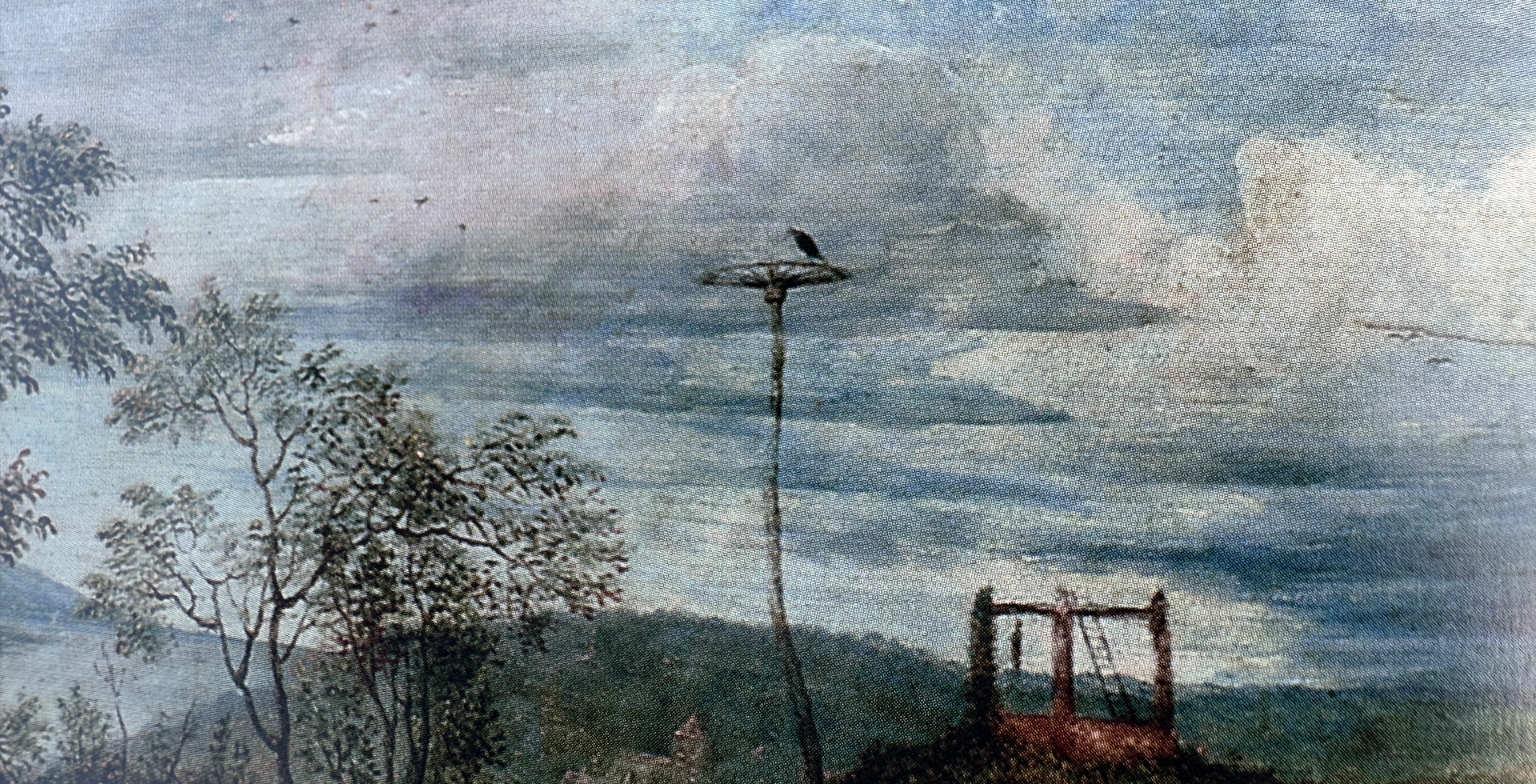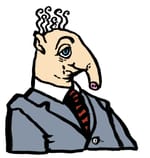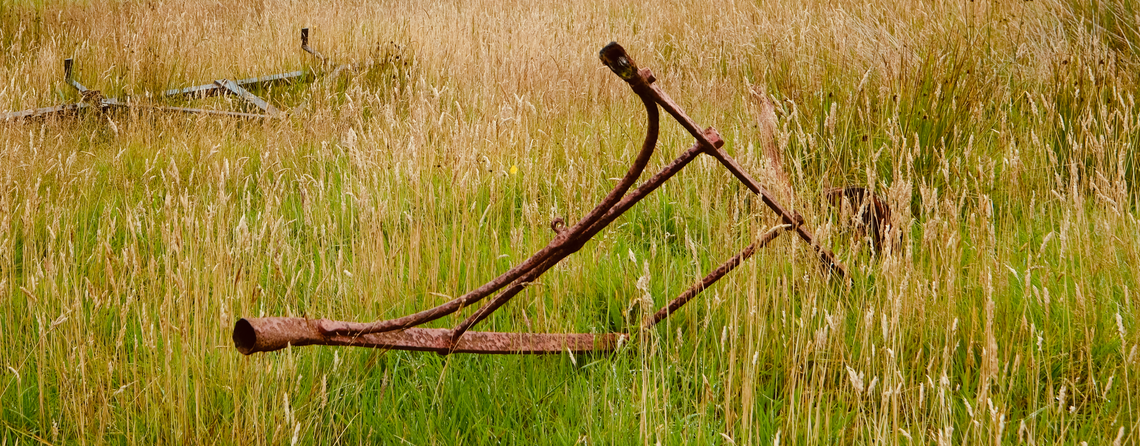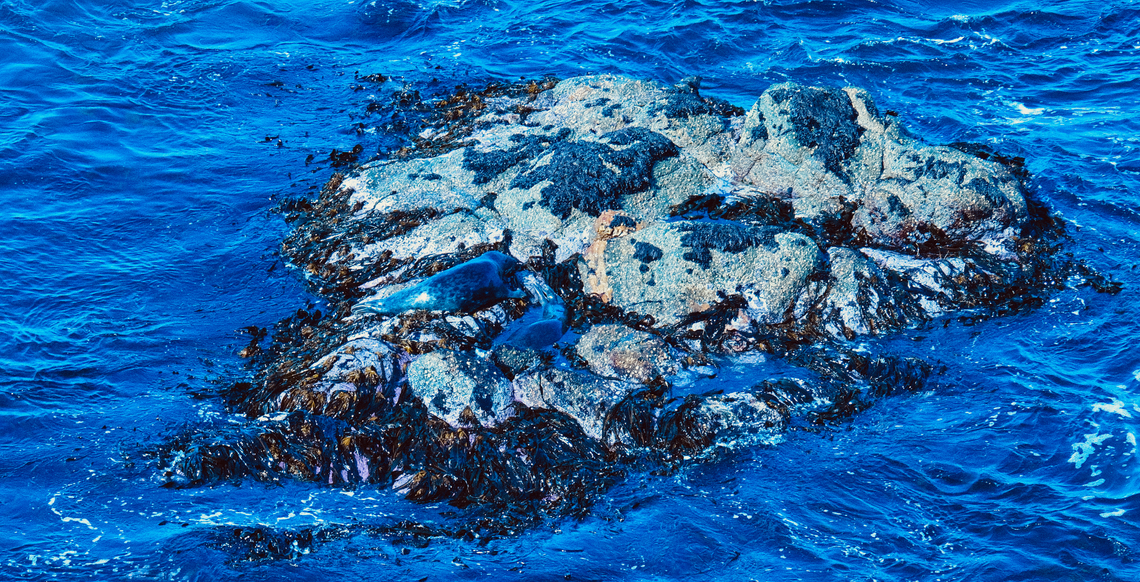The first ravens I ever knowingly saw were on Orkney, on the northern isle of Westray. I was driving back from the town of Pierowall to the ferry, having walked up to the Neolithic site at the Links of Noltland, and I saw some very large birds squabbling by the road; I pulled over, found my binoculars, and identified the great humped bill of a raven on a fence post.
Later, in Greenland, I saw so many ravens I almost stopped seeing them. But not hearing them. Ravens have a range of vocalisation which is strange, and humanlike, and to the isolated individual (as any visitor to Greenland must feel themselves at some point), eerie, uncanny, a mumbling companion, and faithful, as Heine says of the crow, to the grave.
...
Corvids—crow, rook, raven, chough, jackdaw, magpie–are (or were, before the advent of cities) plain-dwelling, steppe-dwelling birds. They are not birds of the forest. They range over open space, and only arrived in deeply forested Europe in the wake of farming, following Neolithic farmers up along the agricultural corridors of the great river valleys, fanning out over the new slash-and-burn biome. As humans transformed from scavenger to farmer, so, in a sense, did the corvids. And what is agriculture, in the end, the raven might mumbling observe, but a regimentation of scavenging, the harvest no more than a scavenger hunt formalised, rigged.
...
Levi-Strauss (Structural Anthropology, 1963) describes the ‘trickster’ figure, in North America often a raven or coyote, as mediating between beasts of prey and herbivorous animals, hunting and agriculture, death and life. The trickster is an intermediary between opposed poles, and related forms appear very widely ethnographically … … perhaps a trickster-like figure may have mediated between life and death, acting as a ritual specialist involved in the manipulation of the human body at Çatalhöyük and elsewhere.
Ian Hodder and Lynn Meskell
...
I was up on Westray to look at the archaeological dig at the Links of Noltland—like Skara Brae, a late Neolithic village long since lost under the dunes, with a longer history of occupation than Skara Brae (there are some bronze age structures overlying the Neolithic structures). The ongoing dig there has thrown up some interesting survivals. Under the midden they found several skeletons of red deer, and a pin made of animal bone, shaped like an antler, a skien of the hunter-gatherer lifeway; but for the most part they found stone house, field wall, field boundary. Raven country.
And in 2009 they found the earliest representation of a human figure from the British Isles, the so-called Westray Wife, a squat red sandstone doll with inscribed circular breasts (perhaps), kept in the tiny visitor centre at Pierowall alongside photographs of Pierowall’s cup triumph over the football teams of Papa Westray, Stronsay, Birsay, circa 1985, plus a few stone axes, a great spiral stone, and the skeleton of a sperm whale. The figurine is also inscribed with some of those anxious scratch marks they routinely find hidden in the course of dry stone walling; it may have been, not lost, or discarded, but ritually included among the midden and detritus used to bury and close off the building at the building's abandonment.
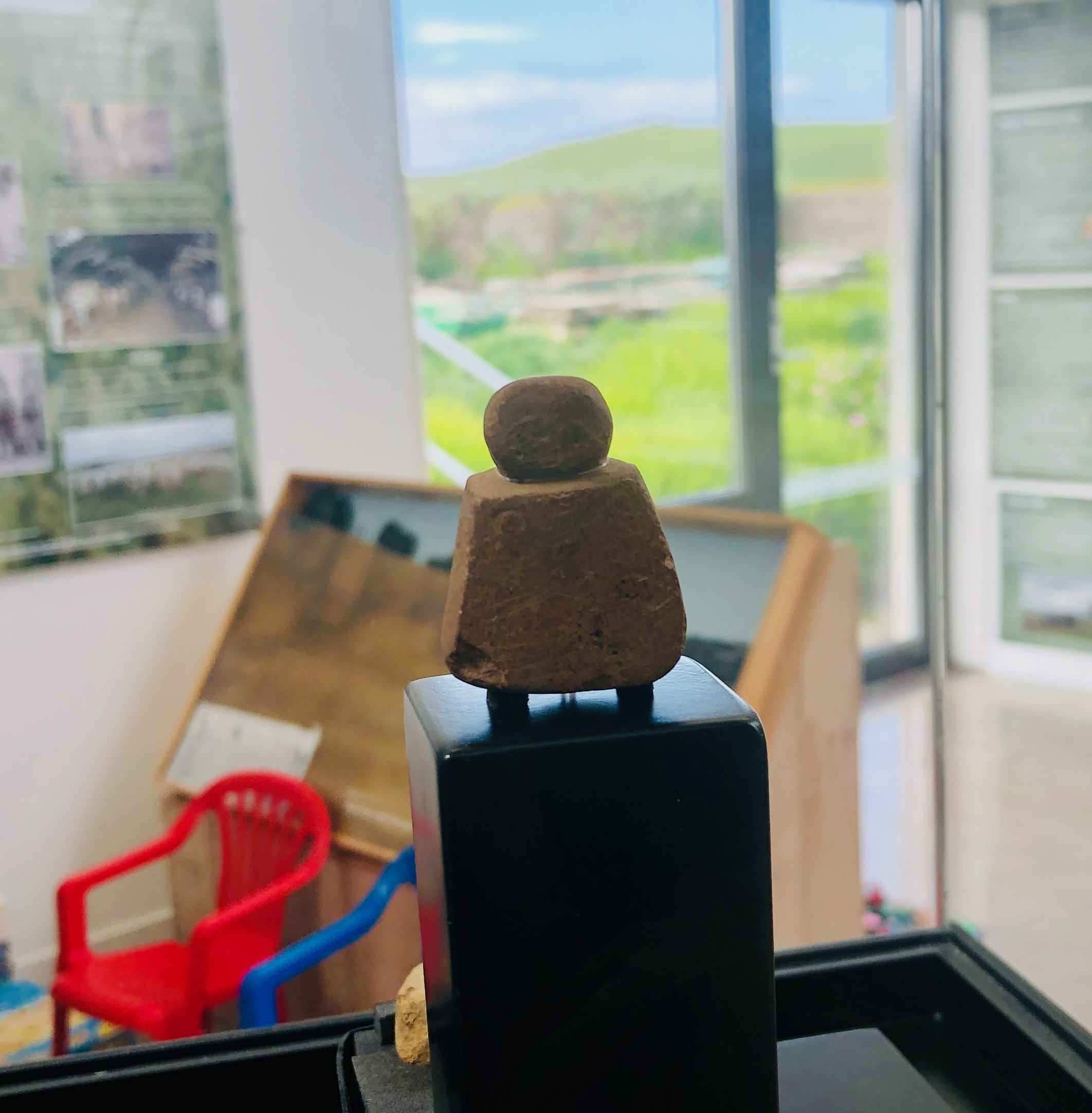
...
From the visitor centre I walk up, past the golfers teeing off on the links, dip into the terrifying Noltland Castle, and hurry along narrow roads not much more than farming tracks, down to the beach, and filter up over its fine sand and into the low dunes. And there is the invisible settlement. You pass through a gate, and can walk around. There is not much to see. They have covered over their excavations with plastic sheeting, and have weighted the sheeting down with rocks, and here and there car tyres, which I suppose are heavy, cheap, plentiful and impervious to weather. The rest is just sand, shells, stones.
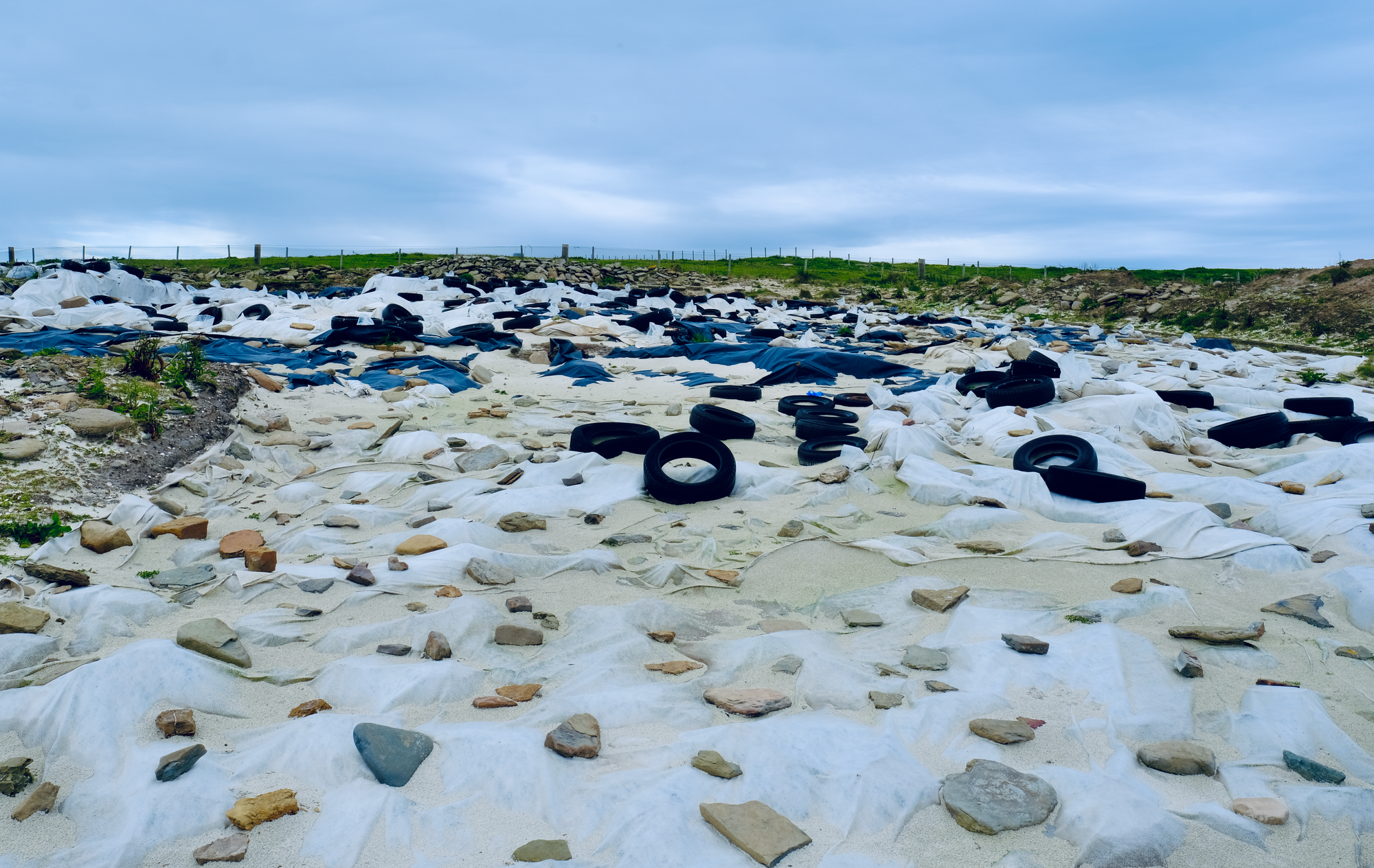
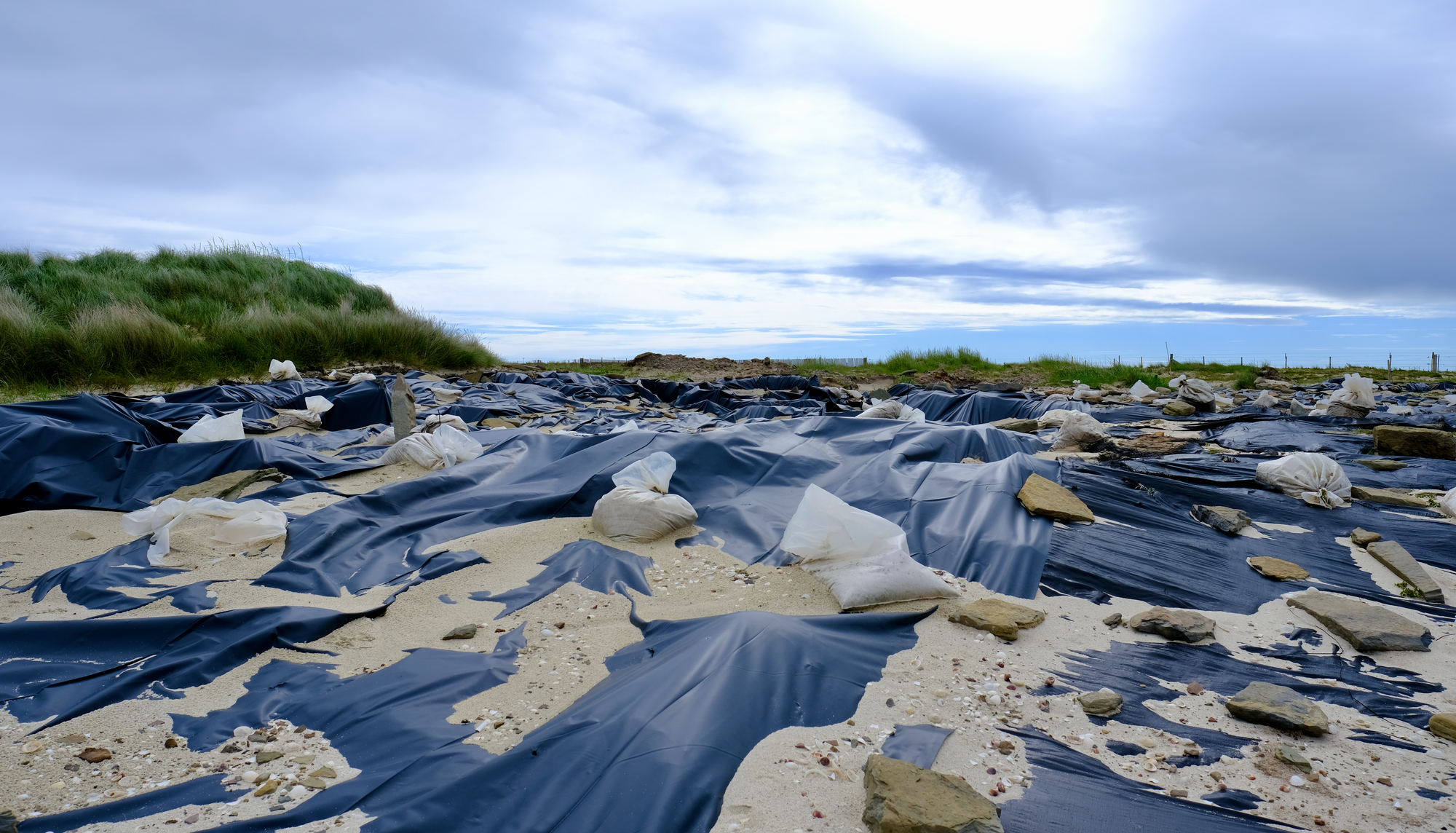
...
Westray, like most of the rest of Orkney, is an ancient farming landscape. Apart from mountainous Hoy, and the moorlands here and there, and wild coast, it is mostly hayricks in season, stone walls marking out farming boundaries, small fields, cows looking over gates. Everything spare, portioned out, rational, loosely functional. Inviting corvids into its corners.
The Isles of Orkney are treeless, for the most part; good for ravens, if not necessarily good for humans. The wind comes constantly over the bare land. But the houses at Noltland, like those elsewhere in the islands, were possibly roofed with wood (some shattered thin stone at Skara Brae also suggests tiling of some sort, but this is debated). The wood would have been driftwood, huge trees bobbing over from the forests of North America, like news from another dimension—a fragmented memory of the ravenless wildwood.
The trees do not wash up here so much any more. Forests are a managed resource.
...
In an essay in her 2019 collection, Surfacing, poet Kathleen Jamie recounts time she spent helping dig at the Links of Noltland. She picks about among the litter of the ancient settlement, notes the spiral design of certain of the artefacts, the deer skeleton; and then she speculates about the end of the settlement, around 800BC.
Eventually people quit trying to haul crops out of these small, difficult fields. The climate had cooled, sand blew in too often. They moved elsewhere, and in due course sand dunes formed, the same dunes that remained into our own times, till new winds rose and obliterated them.
But where did all the people go once they quit the settlement at Links? Gone was the wild or unclaimed land of two thousand years before. They couldn't just sail off and found a new place, as their long-ago forebears had done.
'Not far away,' said Emily. 'You see that grassy mound along the shore there? That's an Iron Age settlement.'
...
After the Links of Noltland, I walk up to the cliffs overlooking the Atlantic. There are gannets in the air, and fulmer. The ravens up here, I read, will use bits of barbed wire in their nests. Tough birds, nowhere to go, arrived at the end of farming, the end of the earth, and making do, mumbling in their feathers.
